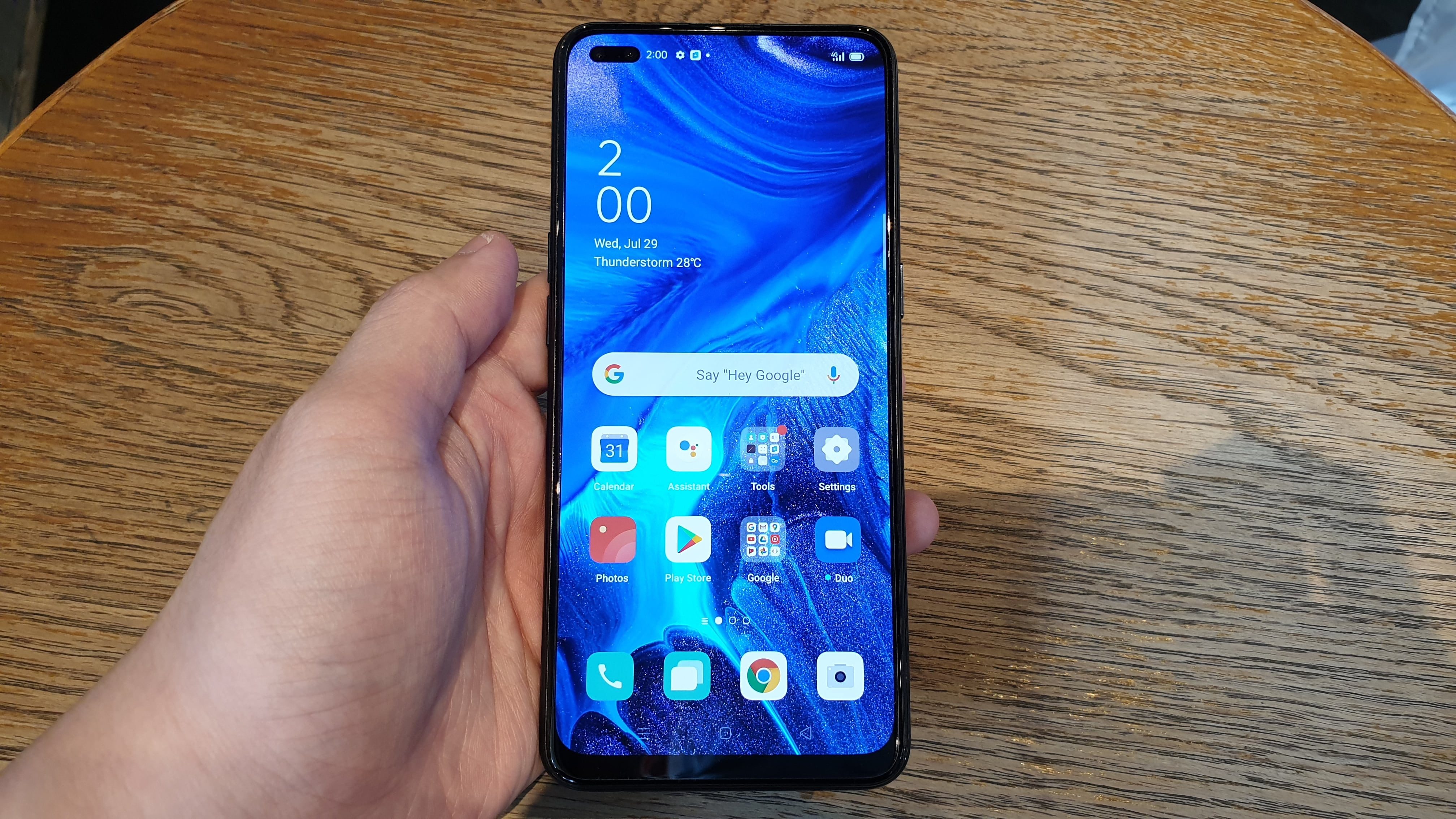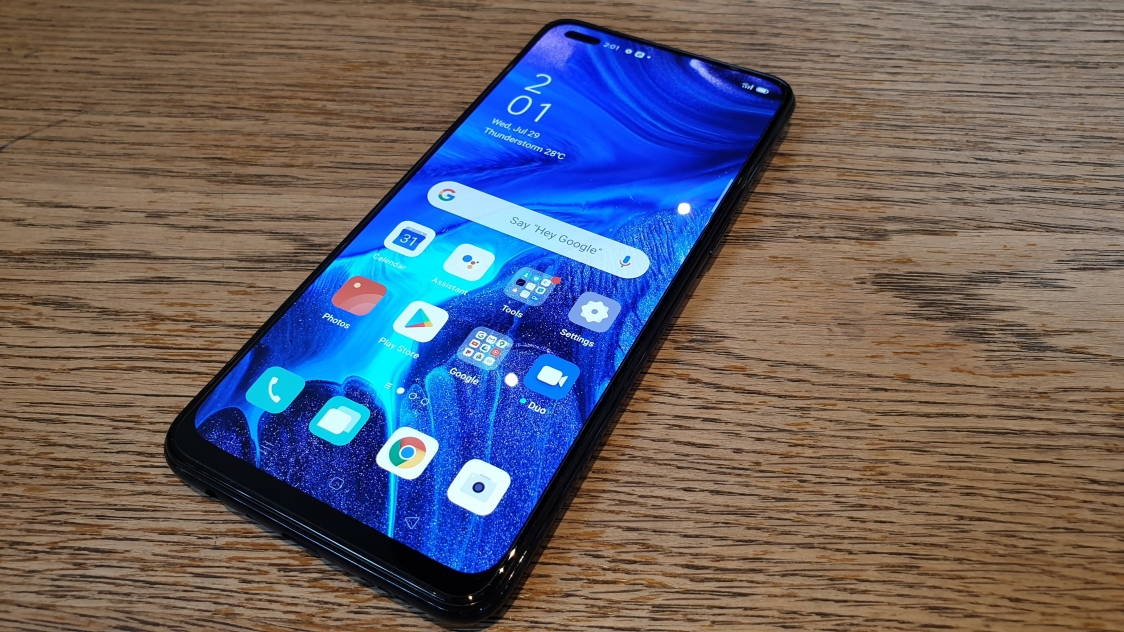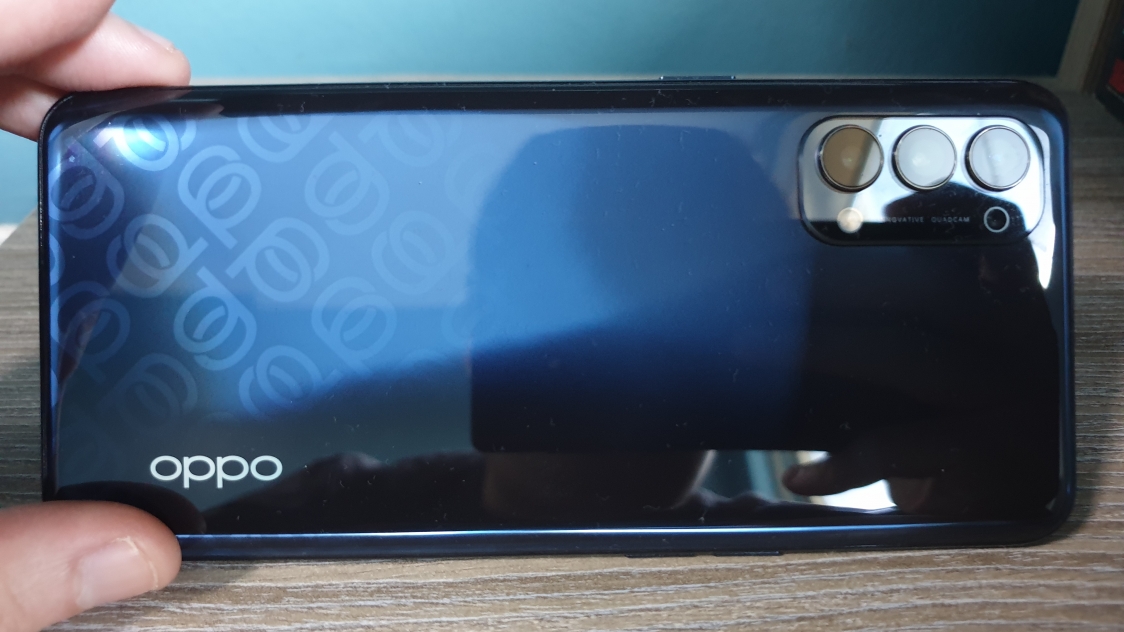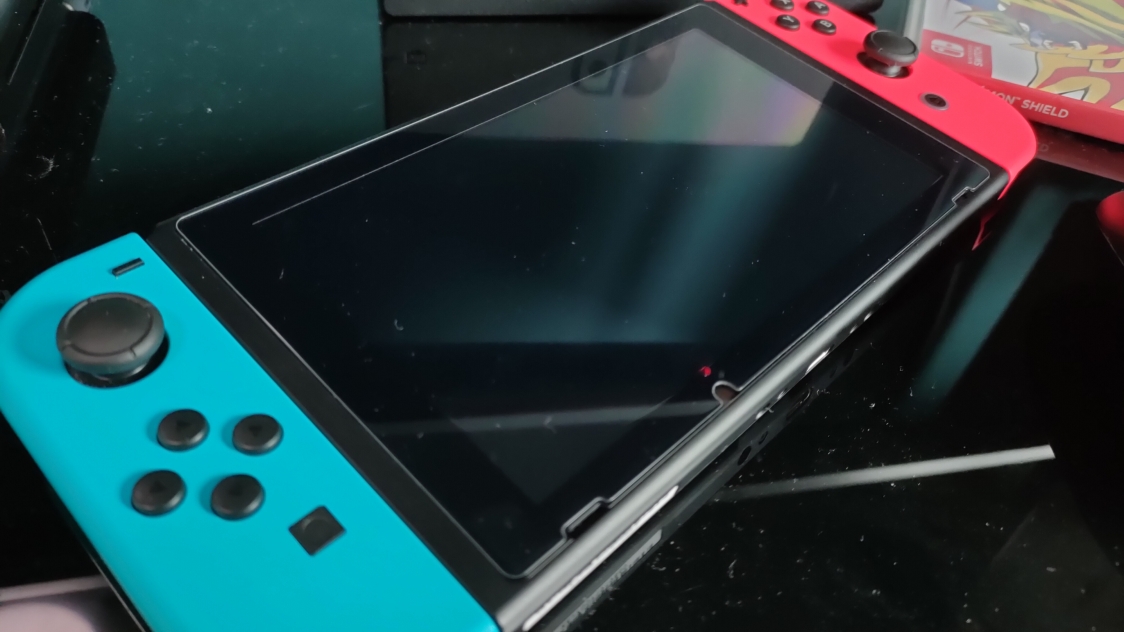SUMMARY
This is AI generated summarization, which may have errors. For context, always refer to the full article.

(This article also appears on tech site Solidstatenow.com)
You’re probably reading this review and wondering, “Didn’t the Oppo Reno 3 just come out earlier this year?” I actually had that same exact question when I first heard about a new Reno phone, but the Reno 4 is indeed succeeding the aforementioned Reno 3 just a few months removed from its local launch. Such is the randomness of Oppo’s release schedule.
With the two phones hitting stores so close to each other, it begs the question, “What does the Reno 4 have that the Reno 3 doesn’t?” Not a lot actually.
When looking at the spec sheet, it gives the impression that it’s a variant model of the Reno 3 rather than a follow-up with all the iterative upgrades. The Reno 4 doesn’t do that much to distinguish itself from its predecessor on paper. In practice, however, its sameness apparently works to its favor.
After all, the Reno 3 is a pretty solid midrange phone, and most of what makes it good carries over to the Reno 4. I might even argue that it’s an attractive package, touting more than enough noteworthy features to make its asking price feel worth it.
For starters, the Reno 4 has a really nice form factor. It’s exceptionally compact and lightweight, measuring 7.7mm thick and weighing 165g.That makes it practical for holding it in one hand when taking photos and selfies. And this being an Oppo phone, photography is its biggest selling point.

The overall aesthetic of the phone is standard fare, with the plastic frame, curved edges and a pseudo-glass back with a sleek bluish black finish. It’s not unique, but in terms of looks, it’s definitely elegant and premium-esque, harkening to Reno’s past as a top-end, flagship series.
Shining some light on the back panel also reveals an Oppo monogram pattern printed underneath. It’s a nice touch that gives the phone some added personality and an extra visual flair.

Turning to the front, the Reno 4 features a beautiful 6.4-inch AMOLED display that produces some bright and vibrant colors. The viewing angles are great too, even under direct sunlight, as expected from these types of screens.
Where I think it could improve is the addition of a pop-up mechanism to house the dual selfie cameras – similar to older Reno releases. While the punch-hole notch here is not in any way intrusive, I still think it’s a missed opportunity for Oppo to bring back that true all-screen experience on its midrange releases. They’ve done it before, so why not do it again?
When it comes to cameras, the Reno 4’s quadruple rear setup is mostly satisfactory. All the lenses are, to use the word again, pretty standard fare. None of them really stood out as being better than the rest. They all just worked as they should.
Having said this, I’d probably trade the macro lens for the Reno 3’s telephoto lens. I’ve never really been a fan of macro lenses on phones. These lenses are supposed to capture a lot of detail in extreme close-ups, but because phone lenses aren’t as robust as traditional camera lenses, you’ll usually get the opposite result. More often than not, the inclusion of a macro lens, to me, feels as if brands are just exhausting options to further beef up the spec sheet of their latest releases.
These lenses are supposed to capture a lot of detail in extreme close-ups, but because phone lenses aren’t as robust as traditional camera lenses, you’ll usually get the opposite result. More often than not, the inclusion of a macro lens, to me, feels as if brands are just exhausting options to further beef up the spec sheet of their latest releases.
It’s also worth mentioning that though the cameras are capable of capturing clear and sharp details, the processing software and the exposure tends to overcompensate, resulting in some oversaturated photos. The colors can sometimes be too loud for my own taste, but it’s not really enough to sour the whole package, considering all the other fun camera features the Reno 4 comes with.
Some sample shots:



One such feature is Color Retention, a filter in Portrait Mode that lets you highlight human subjects by turning the background black and white. The cool thing about this is that the artificial intelligence (AI) built into the software is capable of doing this in real-time, letting you see how your image will turn out before capturing them. It’s also available for shooting videos.
Oh, it’s worth noting that it only works on human subjects, but you can probably find ways to trick the AI like how I did here.
Another is the Ultra Slo-Mo mode, a feature that lets you shoot short clips in 960 frames per second, creating a smooth slow motion effect. It’s a neat tool that’s not so common among midrange phones, so having it here is a huge plus.
Under the hood, the Reno 4 is powered by a Qualcomm Snapdragon 720G chipset along with 8GB of RAM. Performance-wise, it’s decent – although there were occasions when the games I played stuttered and crashed.
As for battery, it packs a 4,015mAh cell, which supports Oppo’s 30W VOOC 4.0 fast charging technology – not the fastest from the brand but enough to juice the phone up from 0 to 100 in a little less than an hour.
Also, this doesn’t support 5G network connections, which is worth pointing out, in case you want a future-proof phone. The 5G-capable Huawei Nova 7SE 5G, for instance, is priced at P19,990, but it comes with the current sore point for Huawei phones not having full Google support.
All in all, the Reno 4 is a great choice if you’re looking for a lightweight and stylish midrange phone or are interested in the Reno 3. But if you already bought the Reno 3, don’t worry, with the exception of a few camera features, you’re not really missing out on much.
The Oppo Reno 4 is priced at P18,990. Here are its key specs:
- Qualcomm Snapdragon 720G
- 6.4” FHD+ AMOLED display
- 8GB RAM + 128GB storage, with support for 256GB extra storage
- 48MP f/1.7 main + 8MP f/2.2 ultra wide + 2MP f/2.4 macro + 2MP f/2.4 mono quadruple rear cameras
- 32MP f/2.4 + 2MP dual front cameras
- 4,015mAh battery with 30W fast charging
- USB Type-C
- Colors: space black and galactic blue
– Rappler.com
Add a comment
How does this make you feel?
There are no comments yet. Add your comment to start the conversation.